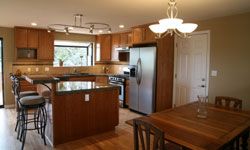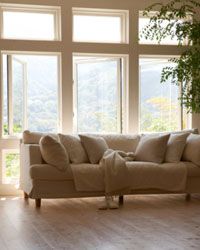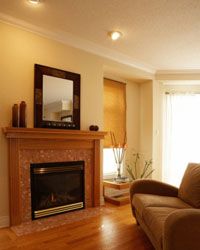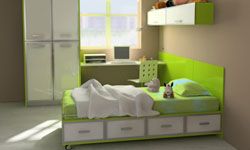So you've made the decision to sell your house, looked into the market and talked to a real estate agent. Your head is swimming with facts, figures and neighborhood values, and it probably seems like you'll never get into escrow, much less out again. But statistics show that the best possible thing you can do to keep your final sale price up and your time on the market down is also the least expensive.
The first step is separating yourself from the idea of your house as your "home." The next place you live will be your new home. The house you're selling now is just a product, and it's your job to make every possible effort to ensure that this product is at its best for potential customers.
Advertisement
Home staging is the process of transforming your house from a home into a show-worthy work of art. When done correctly, staging your home can reduce its time on the market by half and add to your eventual takeaway. By presenting what you already have in the best way possible, you can forget about costly renovation projects and put your house's natural features to work. Here, we'll look at some of the best things you can do when staging your home.





